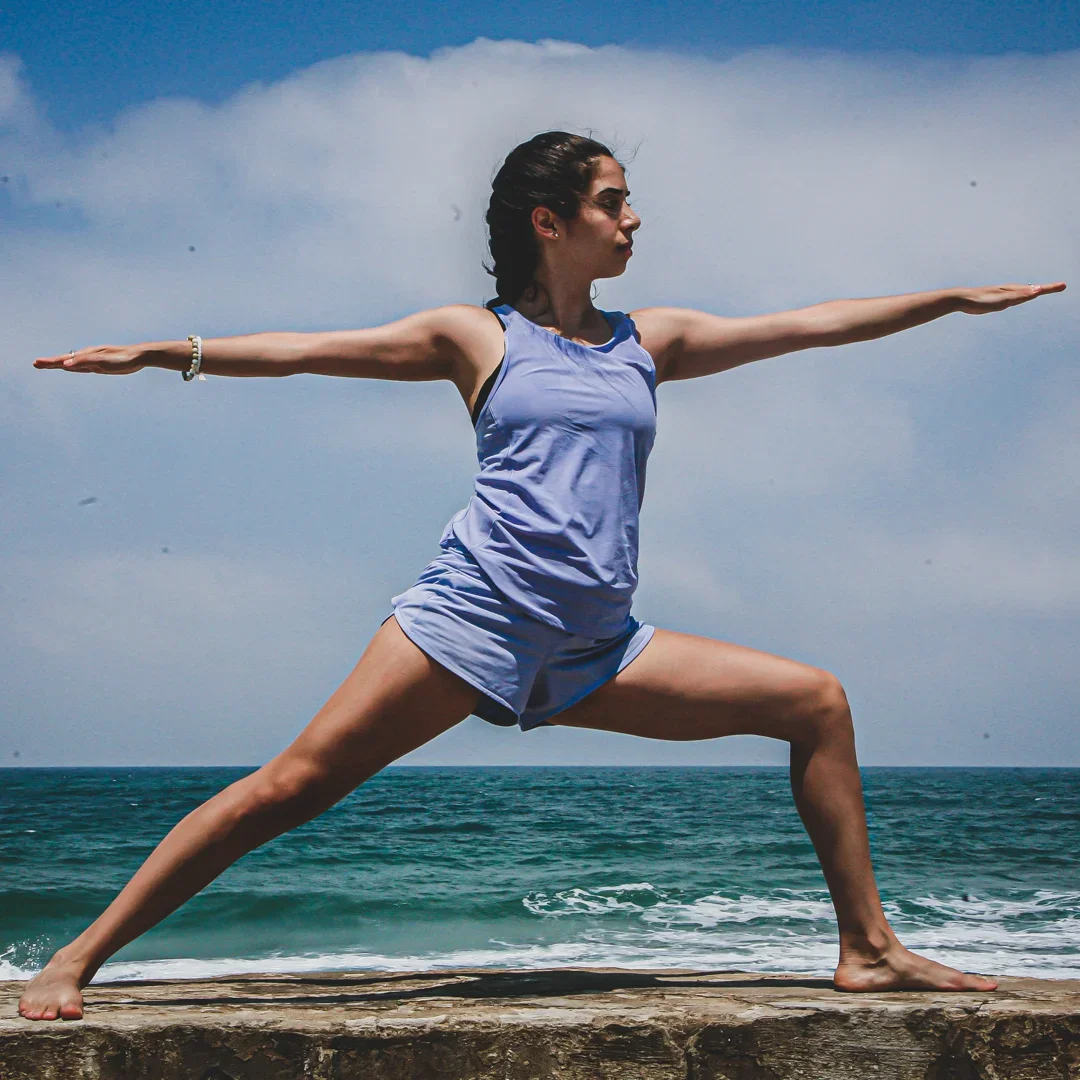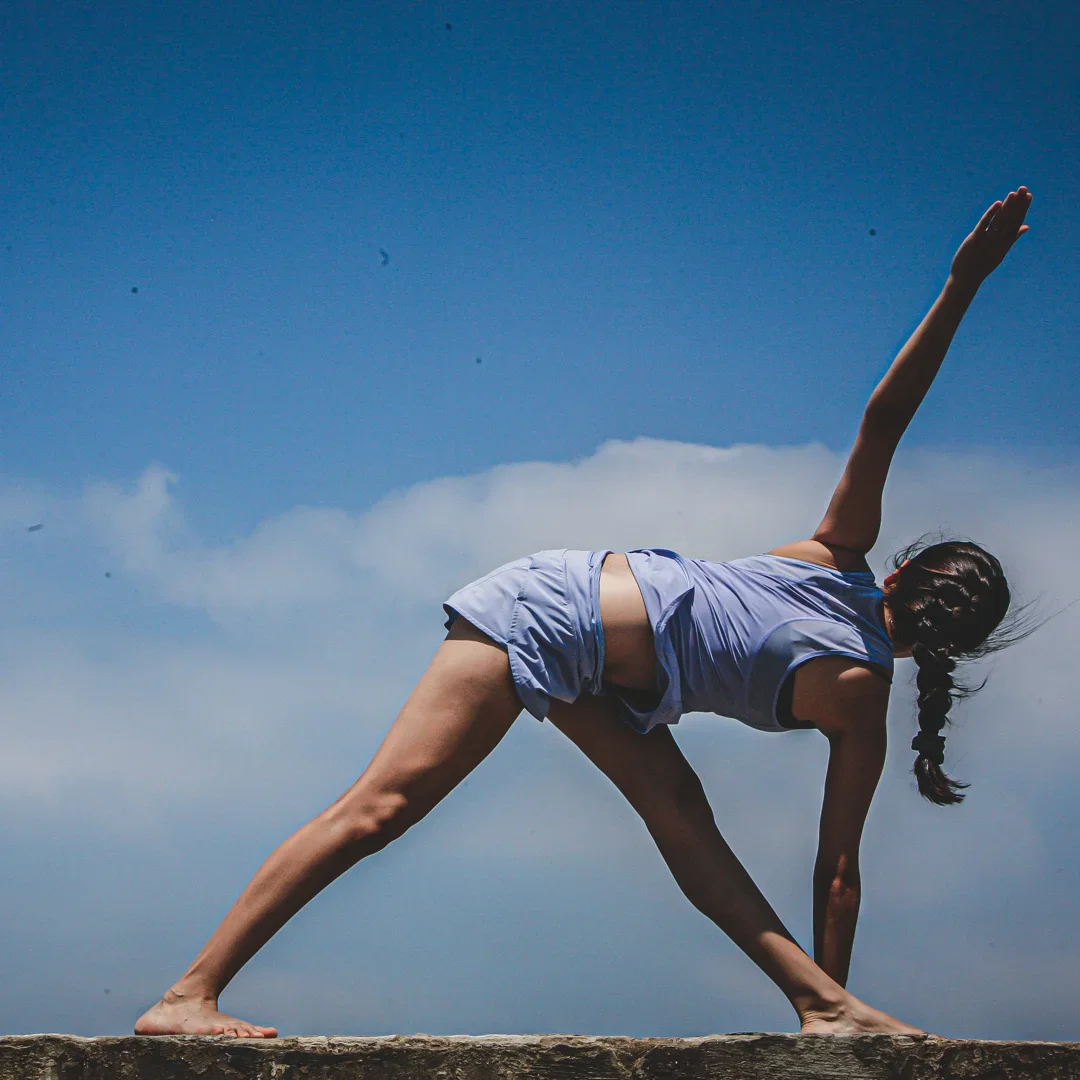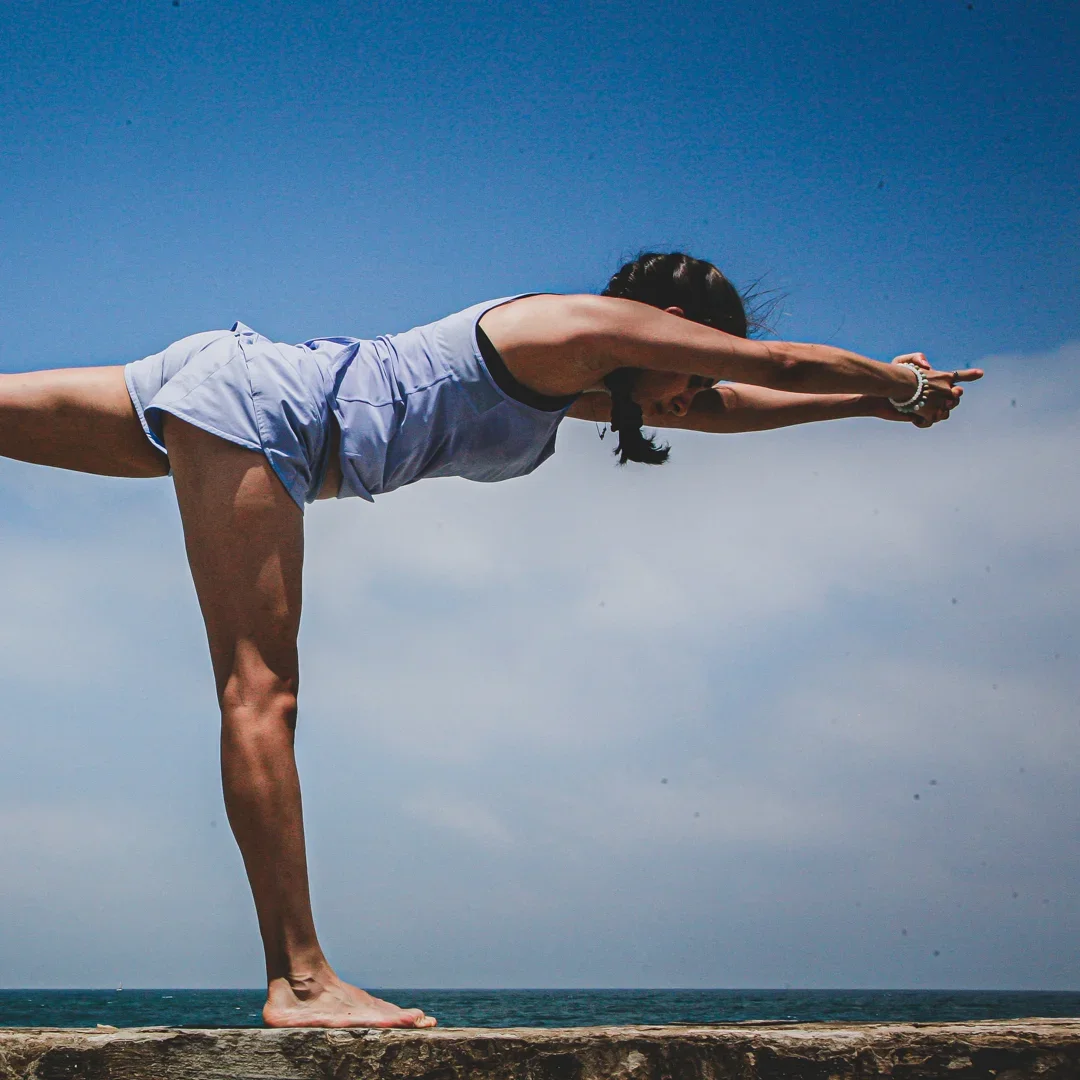Chakras, Part I
What are the Chakras?
Odds are, if you’ve ever taken a yoga class or listened to a guided meditation, you’ve heard the instructor mention the chakras. But what are they, really? “Chakra” translates from Sanskrit to “wheel” or “disk,” and refers to centers of energy in the body. The chakra system originated in India between 1500 and 500 BC in a text called the Vedas, which are the earliest Sanskrit records and the most ancient scriptures of Hinduism. The 7 chakras control circulation of Prana (life force energy) in the body, and are located along an energy channel flowing up the spinal cord to the top of the head.
When the chakras are activated and aligned, we feel most connected to ourselves and to the world. Basically, all aspects of our lives seem to flow naturally and fluidly. Concentration on chakras, through different yoga postures (as well as breathing exercises & meditation techniques) stimulates the flow of energy and allows us to empower and tap into our mind, body, and soul.
Each chakra has its own special defining features and corresponds to different emotional, physical, mental, and spiritual aspects of life. When psychological issues related to a chakra have not been resolved, the imbalance can manifest in physical and emotional issues.

Muladhara
Muladhara, located at the root of the spine, is the Root Chakra, the source of all spiritual, sexual, emotional, mental, and psychic energy. Moodlahara corresponds to the Earth element, and is responsible for our sense of grounding, security, and survival - the feeling that our basic needs (such as water, food and shelter) are being met, as well as our basic emotional needs to feel a sense of safety.
When Balanced: We feel a sense of accomplishment and peace regarding money, safety, shelter, and feeling connected to the human experience.
When Overactive: We experience anxiety based on survival instincts (this often manifests as digestive & lower back issues), as well as feelings of insecurity, fear, and a lack of belonging. A blocked root chakra is often expressed in nightmares, where our repressed unconscious fears regarding lack of security come to focus.
To Balance: Focus on nurturing your soul, listening to your body and guiding your energy towards other chakras. Do what you need to do in order to feel more grounded and in touch with yourself. In my experience the fool-proof way to do this is through connecting with nature - this can be as simple as taking a walk and letting whatever thoughts come up flow through your mind.
Activating Poses:
Grounding postures such as Tree Pose, Mountain Pose & Warrior B.

Swadhisthana, “One’s Own Dwelling Place”
Swadhisthana, the Sacral Chakra, is the center of sexual desires and cravings, located in the pelvic area. This chakra controls creative and sexual energy in the body - as well as our ability to be in tune with ourselves and others. Swadhisthana pretty much represents the basis of Freudian psychology, which is that sexuality and feelings of wellbeing underlies all motivation. When attention is focused on sexual thoughts and desires, prana rises from Muladhara to Swadhisthana.
Swadhisthana determines how we define a healthy relationship, how we choose those relationships with others, what those relationships mean to us and how we behave within them, and what gives us motivation.
When Balanced: We feel passionate and fulfilled by life, and are able to enjoy life’s pleasures (sex, food, movement, creative expression) without overdoing them a point where we become preoccupied or overwhelmed with cravings.
When Imbalanced: an overactive Swasthihana can manifest in addiction, and “enjoying” things that don’t nourish your soul, meaning acting out of a need to satisfy a craving, as well as insensitivity to boundaries and excessive emotional dependence. On the other hand, an underactive Swasthihana chakra can be indicated by an over-focus on practicality, a lack of passion & creativity, emotional hypersensitivity, trust issues, fear of pleasure and/or low sex drive.
To Energize: Simply enjoy life and the all the gifts that this planet offers us. Do what makes you feel inspired, energized, and grounded while keeping in mind that life is all about balance and these things are only pleasurable because you are choosing to do them, not because you feel like you have in order to be happy.
Activating Poses:
Hip-opening poses that trigger the release of negative energy such as: Goddess, Pigeon & Frog Pose.

Manipura, “City of Jewels”
Manipura, the Solar Plexus Chakra, controls feelings of self-confidence, personal power, and identity. When balanced and activated, Manipura is also called the “Warrior Chakra” and is symbolized by the fire element - an inner flame providing the energy for everything we do.
This chakra influences how we process the situations that life presents us with; if we accept them and go with the flow, or if we resist change and try to control the circumstances around us - as well as whether we judge others as inferior or superior and how we then react to that judgement.
When Balanced: We feel capable and empowered without feeling the need to assert that power forcefully, are able to make healthy decisions, and experience consistent energy levels and healthy digestion.
When Overactive: An overactive Manipura can manifest in behaviors such as an obsession with control & power over others, micromanaging, excessive competitiveness and lack of empathy. I also think it’s extremely important to point out here that an overactive Manipura can also lead to feeling overly competitive with yourself. Learning about the chakras opened my eyes to the fact that while I rarely feel competitive with others, I felt as though I was in an almost constant state of competition with myself, and that feeling was taking up so much energy that could be used in a myriad of more constructive ways. This brought to light the importance of reminding myself that life isn’t a race against myself, progress doesn’t have to be daily, and half the fun of learning/ improving at something is taking the time to stop, CHILL, and process what’s going on.
When Underactive: An underactive Manipura chakra can manifest in feelings of insecurity, shyness, inability to make decisions, and a feeling of feeling being “overly-needy.” In contrast to how overactivity leads to a constant need to assert dominance, overly-submissive behavior and an inability to stand up for oneself can indicate an underactive imbalance.
To Balance: Think of everything you’re good at, make a list! Even if it feels crazy! Create personal affirmations, remind yourself that it’s okay to be your own critic, as long as you’re also your own biggest supporter.
Activating Poses:
Maipura is located near the ribcage and governs all digestive and stomach-related processes, so poses that fire up the core such as Boat Pose are great for balancing energies, regulating digestion, and providing an instant boost in mood and confidence.
The Chakras, Continued
The first 3 chakras largely control how we identify physically and emotionally, and how we relate to the external world. It’s important to understand that focusing on and balancing our lower chakras is a major component of connecting to our physical, mental and spiritual well-being . To continue learning about the higher chakras, visit my next blog post!